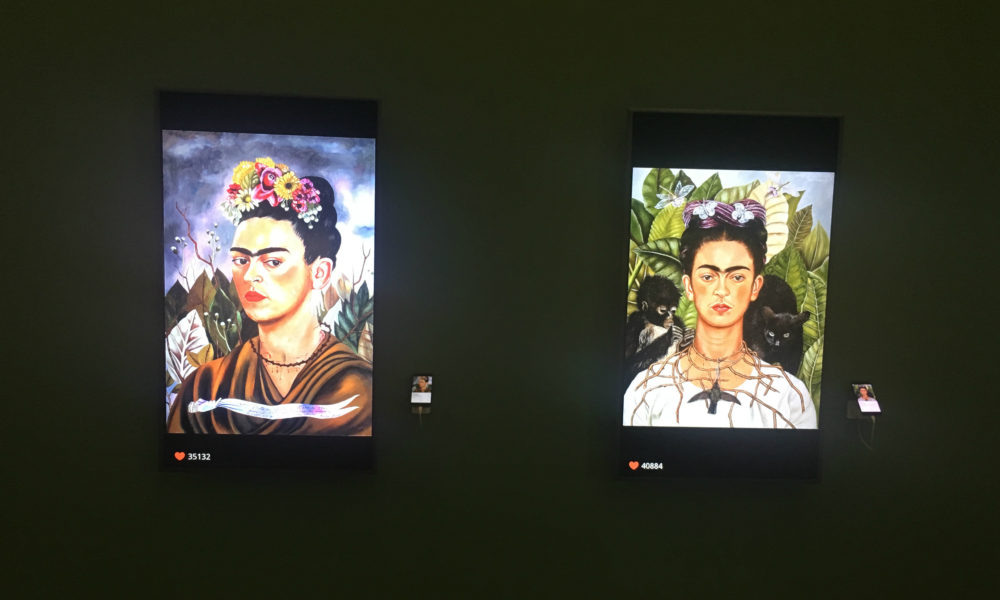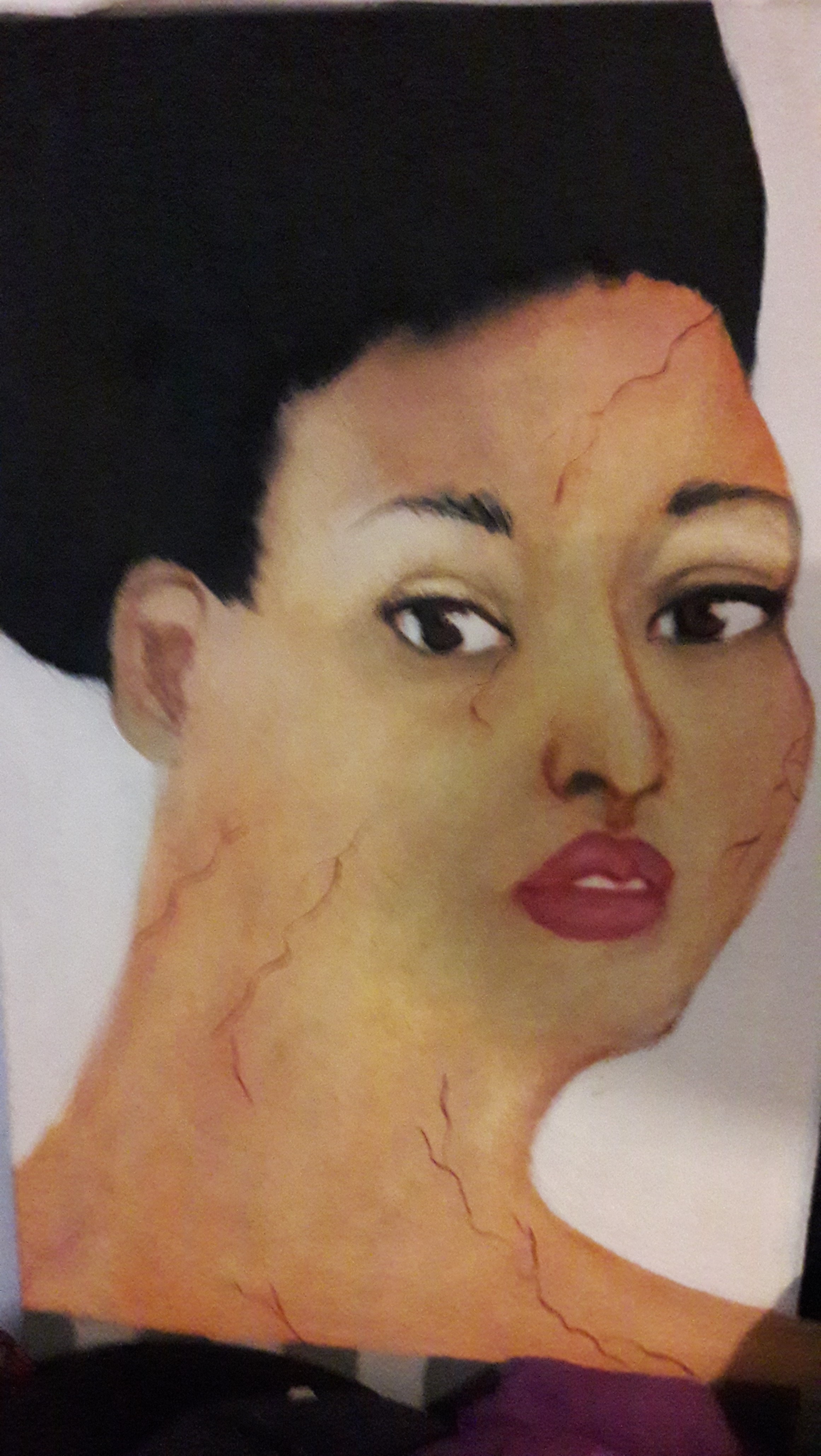
Carrying our history lightly
TIHR’s Coreene Archer and Rita Keegan of the Women Artist’s Slide Library discuss the relevance, value and unexpected similarities between two very different archives.
“We all grow up with the weight of history on us. Our ancestors dwell in the attics of our brains as they do in the spiralling chains of knowledge hidden in every cell of our bodies.”
These are the words of the writer Shirley Abbott and I think they contain a deep truth. For me, they are relevant and equally meaningful to an individual and to an organisation. In this piece, I apply their truth to both individual and organisation through the lens of exploring the creation of an archive, a body of work which too is passed from generation to generation. With the passage of time how we think about and understand information changes. Knowledge, like identity, is not fixed. It is shifting and influenced by who we are; our background; our life experience. Knowledge exists within the social context that it was created; and is imbued with meaning from that time. It also offers new understanding into the current social context in which we live. This duality is in some ways central to the creation of an archive. It is an act of generosity and honesty as it physically creates space for remembering. It offers opportunities to explore the past or interpret how the world has changed.
Rita Keegan has many identities. She is an artist, an educator and she is an influencer. Her journey as an artist in Britain has been profoundly influential on me. We met whilst she was curating the Women Artist Library (WAL) known as the Women Artists Slide Library (WASL) during the time Rita worked with it. I was an art history graduate. I had a new perspective on the world and a new language to describe it; a language that Rita shared and understood. It is that shared history and understanding that led me to discuss the Tavistock Institute’s archive project with her.
One of the things I find interesting about the Tavistock Institute Archive project is that it is exploring questions of impact and influence as the material is catalogued and therefore revealed. It is not the first archive to grapple with these universal questions as my conversation with Rita Keegan highlights. A central figure in the creation of the WAL we discuss the meaning and purpose of archiving. Keegan states:
“I personally think that archives are extremely important, because when it comes down to it, what I learned was that it almost didn’t matter if there was a show or not if you didn’t have documentation for it, it didn’t exist, it just goes into space, it’s like whispers…‘’oh you missed the most fabulous thing in the world’’, you just need enough people to say yes, and that thing existed.”
The Women Artist Slide Library was set up during the 80’s to capture the work of women artists. The Arts Council funded the project as part of their agenda to create access and diversity in the arts. Rita Keegan was recruited in the role of curator with the specific brief of collecting the work of black and minority ethnic women (BAME) or “women of colour”, which as a black American is how she described the task; a task that the previous curators (white women) felt unable to undertake.
As growth in awareness about the archive grew, artists began sending copies of their work for inclusion. Requests to access the collection also started to arrive and Keegan recognised what this meant;
“It meant that a wide range of people could see it [the work], the slide library was used by, all sorts of people, Virago books, Women’s Press and we had a good relationship with Spare Rib”.
She also observed that the requests weren’t from the mainstream art and publishing world; who it could be suggested had not fully recognised need for diverse representation. She goes on to say:
“It’s important to document creativity, it’s important to show that people create no matter what, it’s not about gender and it’s not about race, it’s just about doing. We make. We are makers. I think by nature we archive, we collect. That’s what we do, collect and display. It’s your mantelpiece, it’s your desk or that little shell that you might be carrying in your pocket”.
As Keegan identifies, our relationship to information has a materiality to it; it is laced with intimacy and expressions of identity, existing as part of a continuum. She goes on to say.
“I can’t say I did portraits of myself before I saw portraits of Frida Kahlo. I had seen images of Frida Kahlo, whether they actually stuck in my head or not.”
The intangibility of influence, rooted in systemic thinking is central to our work at the Tavistock Institute. The evidence of influence can be seen in the behaviour change demonstrated in our work with individuals, teams and organisational cultures but can be hard to capture. As Keegan elegantly summarises:
“The material that you are collecting and putting together is for someone else to be able to decipher, to be able to read.”
Like the WASL, the Tavistock Institute Archive Project seeks to make visible the invisible, through revealing the evidence of our work through documentation and the opening of the archive allowing the exploration of our history in a way that previously was not possible.

Self Portrait by Rita Keegan
Rita Keegan is an American artist whose work explores race, identity, gender and the politics of creating.
Coreene Archer’s exploration of identity and belonging is one of the themes in her consultancy and coaching work at the Tavistock Institute.
Related
Latest Posts By TIHR Archive Project
- 07.12.21No Ostriches in the Sand
- 05.05.21#7 Social Dreaming Matrix: Covid-19 a year on. Notes from 29th April 21
- 04.16.21#5 Social Dreaming Matrix: Covid-19 a year on. Notes from 15th April 21
- 04.08.21#3 Social Dreaming Matrix: Covid-19 a year on. Notes from 1st April 21
- 03.31.21#2 Social Dreaming Matrix: Covid-19 a year on. Notes from 25th March 21